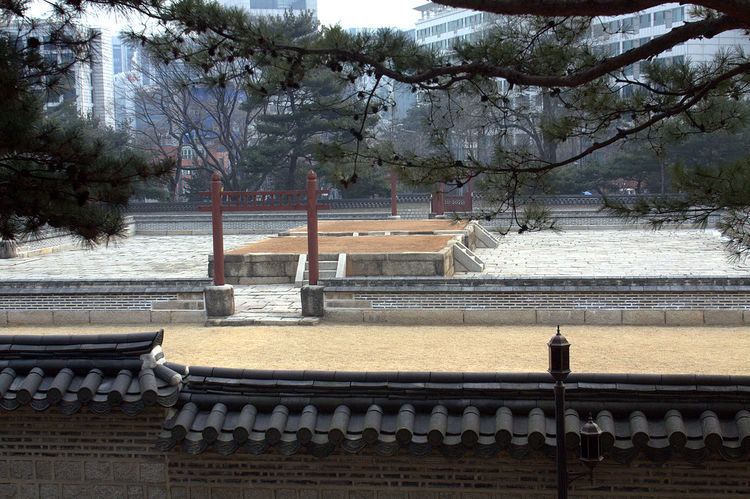Hangul 사직단 Revised Romanization Sajikdan | Hanja 社稷壇 McCune–Reischauer Sajiktan | |
 | ||
Similar Jongmyo, Wongudan, Inwangsan, Fortress Wall of S, Changuimun | ||
Seoul sajikdan altar at sajik park in seoul south korea
The Sajikdan is a Korean Neo-Confucian altar located in Seoul, South Korea used to perform the national soil and grain ceremonies during the Joseon Dynasty.
Contents
- Seoul sajikdan altar at sajik park in seoul south korea
- Talking about sajikdan
- A founding element of the Joseon capital
- References
Talking about sajikdan
A founding element of the Joseon capital
Along with the royal palace (Gyeongbokgung) and the Jongmyo shrine, the Sajik shrine is a fundamental symbol of the new capital city created during its first year. It is located west of the palace, at the feet of Inwangsan, in the neighborhood of Seochon, and gave its name to the Sajik park that surrounds it, as well as to its administrative neighborhood Sajik-dong.
On this square altar were honored on key moments of the lunar calendar the national deities of earth (Sa) and grains (Jik).
Certain ceremonies have been recently revived in the square altars, to mirror the rites of Jongmyo jerye, now on the UNESCO's list of Masterpieces of the Oral and Intangible Heritage of Humanity.
